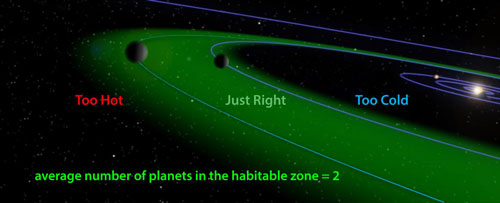 Planetary scientists have calculated that there are hundreds of billions of Earth-like planets in our galaxy which might support life, by applying a 200 year old idea to the thousands of exo-planets discovered by the Kepler space telescope.
Planetary scientists have calculated that there are hundreds of billions of Earth-like planets in our galaxy which might support life, by applying a 200 year old idea to the thousands of exo-planets discovered by the Kepler space telescope.
Jan 4th, 2015
Read more
An international team of astronomers developed a simulation of the universe in which realistic galaxies are created; their mass, size and age are similar to those of observed galaxies. Their similarity is caused by the simulation of strong galactic winds - gas winds that are blown from galaxies.
Dec 30th, 2014
Read more
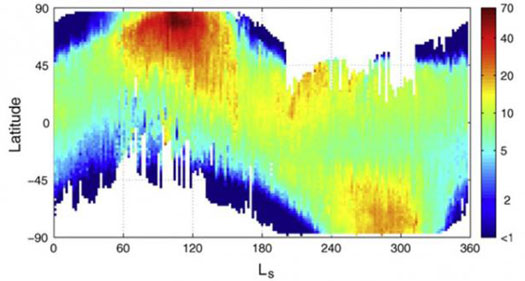 Scientists have created a 'map' of the distribution of water vapour in Mars' atmosphere. Their research includes observations of seasonal variations in atmospheric concentrations using data collected over ten years by the SPICAM spectrometer aboard the Mars Express orbiter.
Scientists have created a 'map' of the distribution of water vapour in Mars' atmosphere. Their research includes observations of seasonal variations in atmospheric concentrations using data collected over ten years by the SPICAM spectrometer aboard the Mars Express orbiter.
Dec 23rd, 2014
Read more
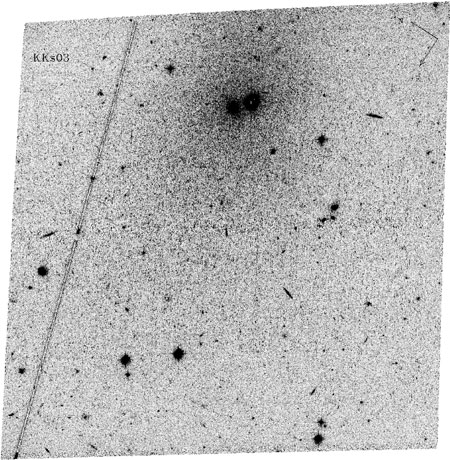 The Milky Way, the galaxy we live in, is part of a cluster of more than 50 galaxies that make up the 'Local Group', a collection that includes the famous Andromeda galaxy and many other far smaller objects. Now a Russian-American team have added to the canon, finding a tiny and isolated dwarf galaxy almost 7 million light years away.
The Milky Way, the galaxy we live in, is part of a cluster of more than 50 galaxies that make up the 'Local Group', a collection that includes the famous Andromeda galaxy and many other far smaller objects. Now a Russian-American team have added to the canon, finding a tiny and isolated dwarf galaxy almost 7 million light years away.
Dec 22nd, 2014
Read more
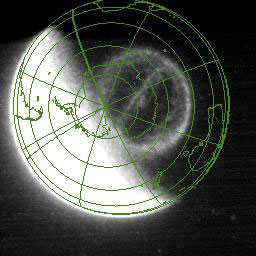 One type of aurora is known as a 'theta aurora' because seen from above it looks like the Greek letter theta - an oval with a line crossing through the centre. While the cause of the auroral oval emissions is reasonably well understood, the origin of the theta aurora was unclear until now.
One type of aurora is known as a 'theta aurora' because seen from above it looks like the Greek letter theta - an oval with a line crossing through the centre. While the cause of the auroral oval emissions is reasonably well understood, the origin of the theta aurora was unclear until now.
Dec 18th, 2014
Read more
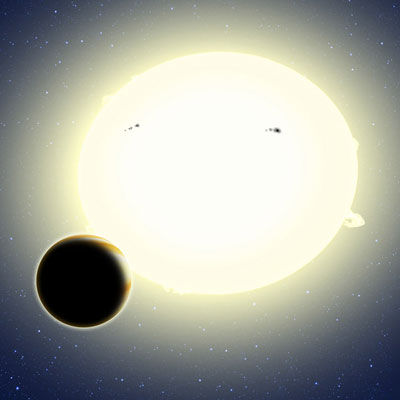 To paraphrase Mark Twain, the report of the Kepler spacecraft's death was greatly exaggerated. Despite a malfunction that ended its primary mission in May 2013, Kepler is still alive and working. The evidence comes from the discovery of a new super-Earth using data collected during Kepler's 'second life'.
To paraphrase Mark Twain, the report of the Kepler spacecraft's death was greatly exaggerated. Despite a malfunction that ended its primary mission in May 2013, Kepler is still alive and working. The evidence comes from the discovery of a new super-Earth using data collected during Kepler's 'second life'.
Dec 18th, 2014
Read more
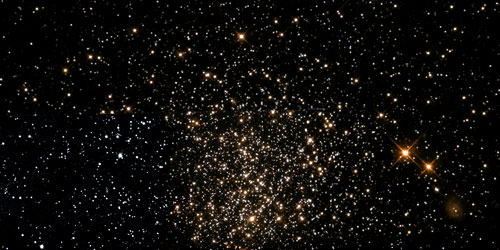 An examination of middle-aged star clusters reveals an unexpectedly narrow age range among their stars, suggesting that large groups of stars evolve differently than previously understood.
An examination of middle-aged star clusters reveals an unexpectedly narrow age range among their stars, suggesting that large groups of stars evolve differently than previously understood.
Dec 17th, 2014
Read more
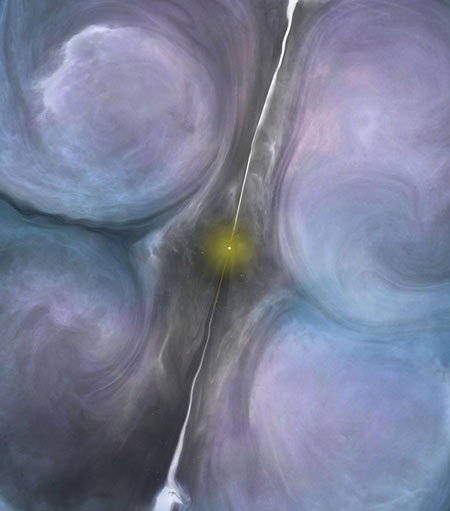 Astronomers have discovered that black holes don't have to be nearly so powerful to shut down star formation. By observing the dust and gas at the center of NGC 1266, a nearby lenticular galaxy with a relatively modest central black hole, the astronomers have detected a 'perfect storm' of turbulence that is squelching star formation in a region that would otherwise be an ideal star factory.
Astronomers have discovered that black holes don't have to be nearly so powerful to shut down star formation. By observing the dust and gas at the center of NGC 1266, a nearby lenticular galaxy with a relatively modest central black hole, the astronomers have detected a 'perfect storm' of turbulence that is squelching star formation in a region that would otherwise be an ideal star factory.
Dec 17th, 2014
Read more
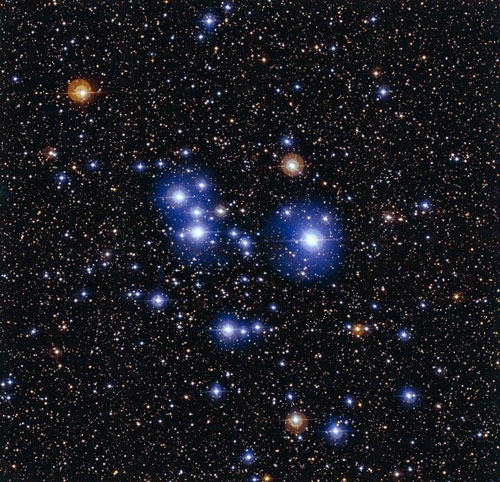 This spectacular image of the star cluster Messier 47 was taken using the Wide Field Imager camera, installed on the MPG/ESO 2.2-meter telescope at ESO's La Silla Observatory in Chile. This young open cluster is dominated by a sprinkling of brilliant blue stars but also contains a few contrasting red giant stars.
This spectacular image of the star cluster Messier 47 was taken using the Wide Field Imager camera, installed on the MPG/ESO 2.2-meter telescope at ESO's La Silla Observatory in Chile. This young open cluster is dominated by a sprinkling of brilliant blue stars but also contains a few contrasting red giant stars.
Dec 17th, 2014
Read more
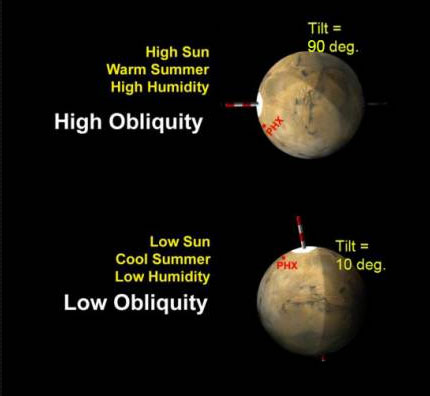 Study finds an exoplanet, tilted on its side, could still be habitable if covered in ocean.
Study finds an exoplanet, tilted on its side, could still be habitable if covered in ocean.
Dec 17th, 2014
Read more
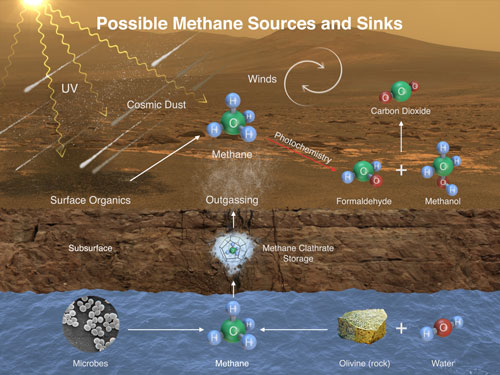 NASA's Mars Curiosity rover has measured a tenfold spike in methane, an organic chemical, in the atmosphere around it and detected other organic molecules in a rock-powder sample collected by the robotic laboratory's drill.
NASA's Mars Curiosity rover has measured a tenfold spike in methane, an organic chemical, in the atmosphere around it and detected other organic molecules in a rock-powder sample collected by the robotic laboratory's drill.
Dec 16th, 2014
Read more
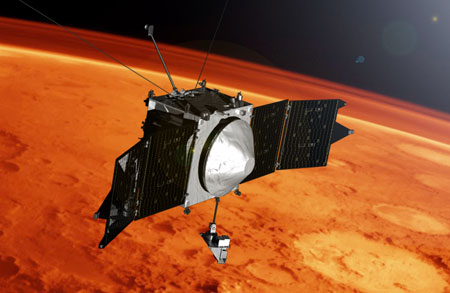 Early discoveries by NASA's newest Mars orbiter are starting to reveal key features about the loss of the planet's atmosphere to space over time.
Early discoveries by NASA's newest Mars orbiter are starting to reveal key features about the loss of the planet's atmosphere to space over time.
Dec 15th, 2014
Read more
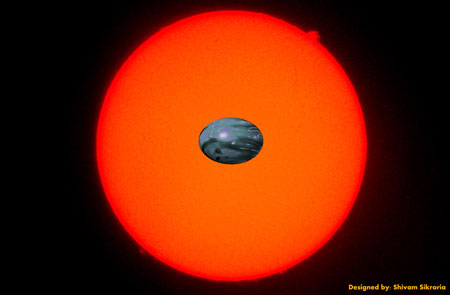 Astronomers could soon be able to find rocky planets stretched out by the gravity of the stars they orbit, according to a group of researchers.
Astronomers could soon be able to find rocky planets stretched out by the gravity of the stars they orbit, according to a group of researchers.
Dec 15th, 2014
Read more
New Research describes how recreating isotopes that occur when a star explodes, can help physicists understand where life-supporting elements may be found in space.
Dec 12th, 2014
Read more
For the first time researchers have measured large distances in the Universe using data, rather than calculations related to general relativity.
Dec 12th, 2014
Read more
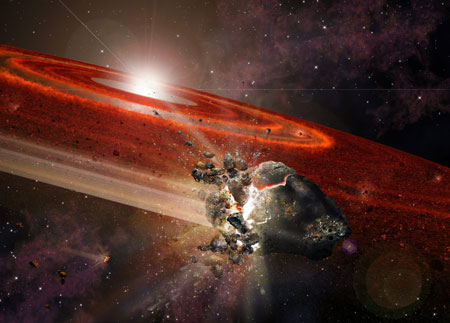 Astronomers using the Atacama Large Millimeter/submillimeter Array may have detected the dusty hallmarks of an entire family of Pluto-size objects swarming around an adolescent version of our own Sun.
Astronomers using the Atacama Large Millimeter/submillimeter Array may have detected the dusty hallmarks of an entire family of Pluto-size objects swarming around an adolescent version of our own Sun.
Dec 12th, 2014
Read more
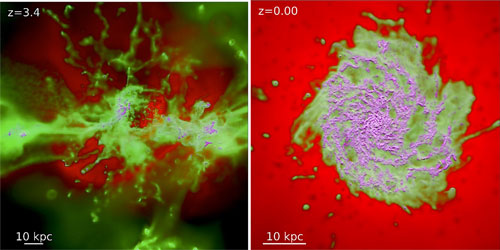 An interstellar mystery of why stars form has been solved thanks to the most realistic supercomputer simulations of galaxies yet made. Theoretical astrophysicists found that stellar activity - like supernova explosions or even just starlight - plays a big part in the formation of other stars and the growth of galaxies.
An interstellar mystery of why stars form has been solved thanks to the most realistic supercomputer simulations of galaxies yet made. Theoretical astrophysicists found that stellar activity - like supernova explosions or even just starlight - plays a big part in the formation of other stars and the growth of galaxies.
Dec 11th, 2014
Read more
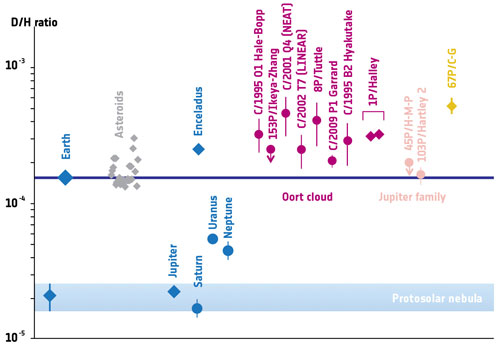 First measurements by the Rosetta mission's ROSINA instrument show that the deuterium-to-hydrogen (D/H) ratio of the comet 67P/Churyumov-Gerasimenko is highly enriched in deuterium. These results contradict the theory that the water present in the Earth's atmosphere and oceans has a cometary origin.
First measurements by the Rosetta mission's ROSINA instrument show that the deuterium-to-hydrogen (D/H) ratio of the comet 67P/Churyumov-Gerasimenko is highly enriched in deuterium. These results contradict the theory that the water present in the Earth's atmosphere and oceans has a cometary origin.
Dec 11th, 2014
Read more
 Planetary scientists have calculated that there are hundreds of billions of Earth-like planets in our galaxy which might support life, by applying a 200 year old idea to the thousands of exo-planets discovered by the Kepler space telescope.
Planetary scientists have calculated that there are hundreds of billions of Earth-like planets in our galaxy which might support life, by applying a 200 year old idea to the thousands of exo-planets discovered by the Kepler space telescope.
 Subscribe to our Space Exploration News feed
Subscribe to our Space Exploration News feed












